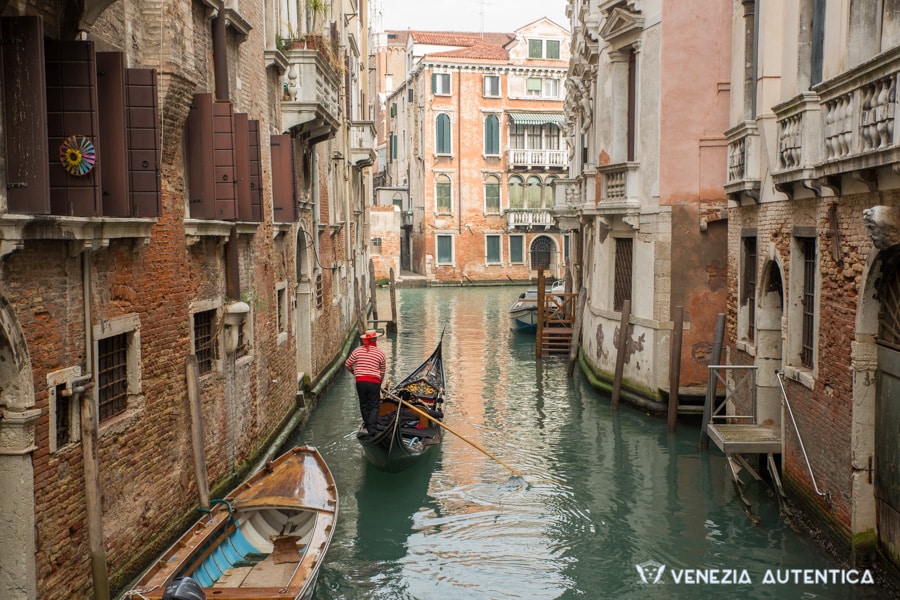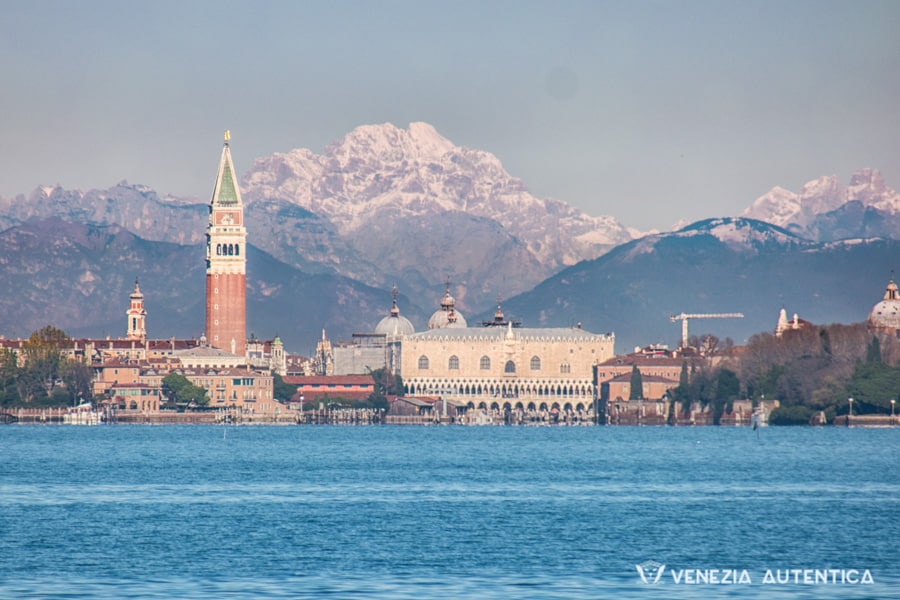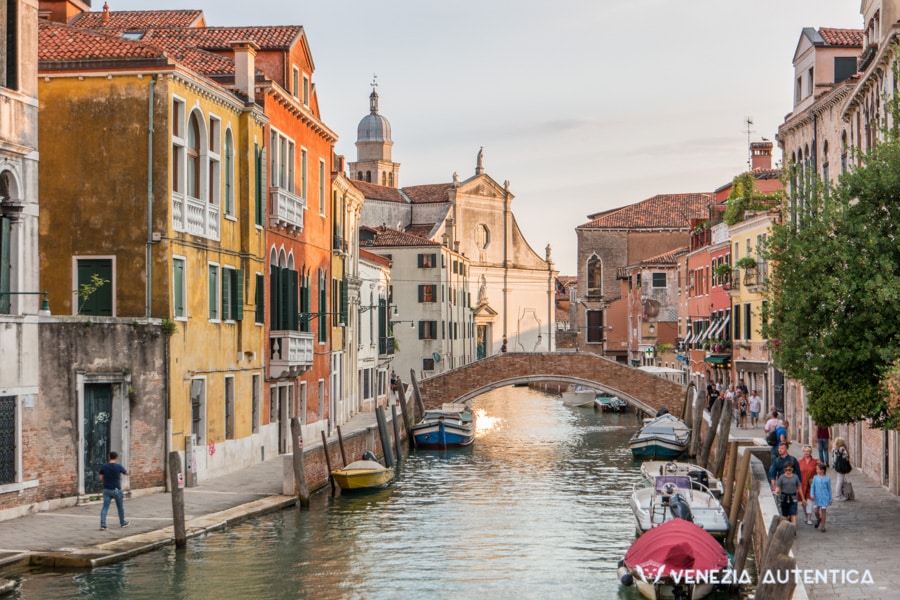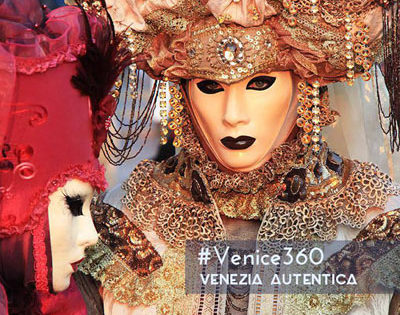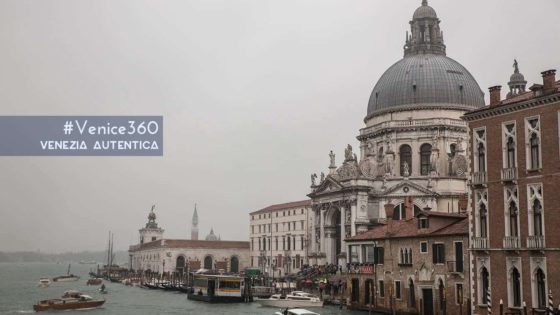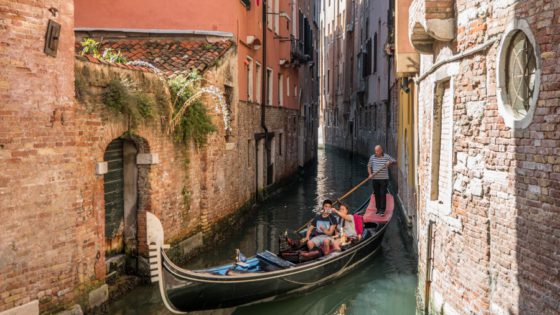There is an urban legend which tells that food in Venice is not good. Well, we’re sorry to say that not all legends are based on truth. Venice developed its own cuisine using its long and particular history. A cuisine, unique, often simple and very tasty.
This article is dedicated to the local food that a Venetian would eat seating alone or in a company. Venice is also the home of another popular culinary tradition, the Venetian cicheti, which is definitely also worth a try.
Want more tips, tools and stories from Venice, Italy?
We're on a mission to make it easy and fun to discover and support the authentic Venice. Try our email and see for yourself!
Origins and Influences of the Venetian Cuisine
Because of its geographical position (in other words, because Venice has always been an island surrounded by water), the traditional Venetian cuisine has always been based on fish, wild game, and any kind of seafood available in the lagoon, in the Adriatic sea… and in the North Sea! We’ll tell you about it later…
Along the abundant amount of seafood available, the Venetian cuisine is based also on vegetables that can grow in the surrounding area, such as peas, beans, asparaguses, artichokes and radicchio (a leaf chicory). However, there is more to the story…
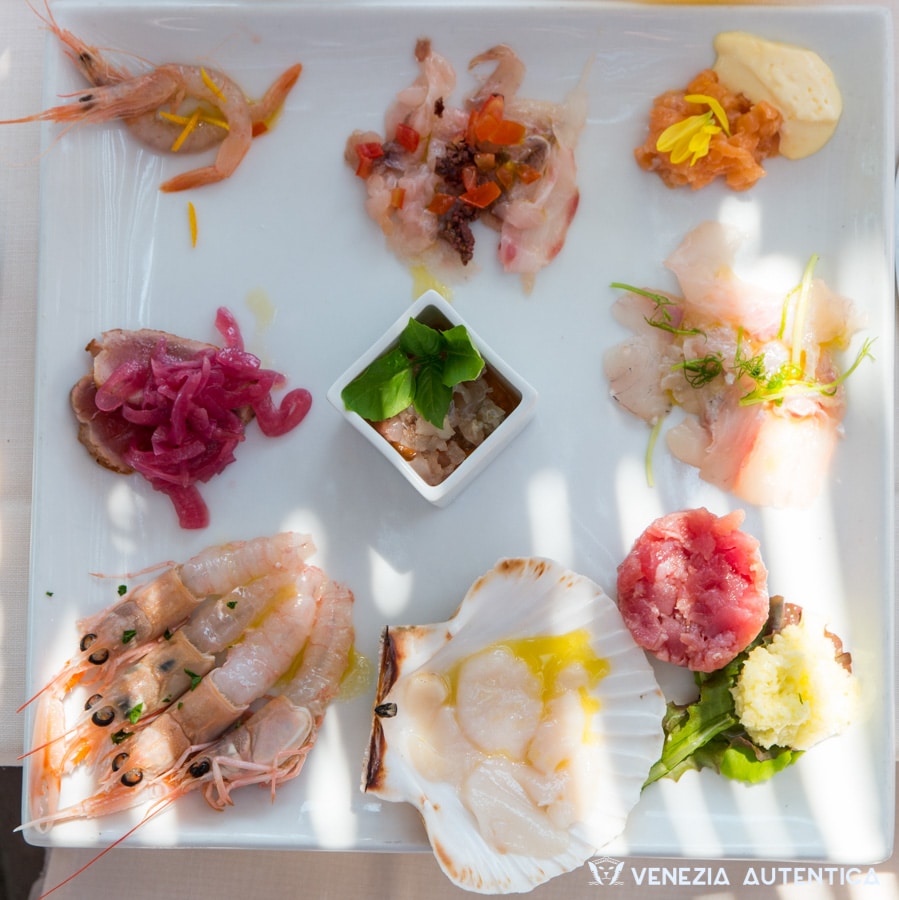
Venetians have been the first to, literally, cultivate salt. For centuries, Venetians detained an absolute monopoly on salt production and could sell at a very high price this precious good for food preservation to other countries, cities, and Empires.
The monopoly on salt trades made the Venetians extremely wealthy and allowed them to buy any good from elsewhere. In regards to food, Venetians could purchase meat from surrounding lands, corn and tomatoes from the Americas, aubergines, and turkey from the southern routes of the Mediterranean, rice and a great variety of spices from Arab countries.
Related: How to create and run the longest-lived form of Government ever: the case of the Venetian Republic
Traditionally the Venetian cuisine, therefore, has always been a combination of dishes with accessible (yet exceptional) local ingredients as well as rare and exotic ones. There has always been a wide range of ingredients to pick from, with imported goods being mainly a luxury for the wealthier people.
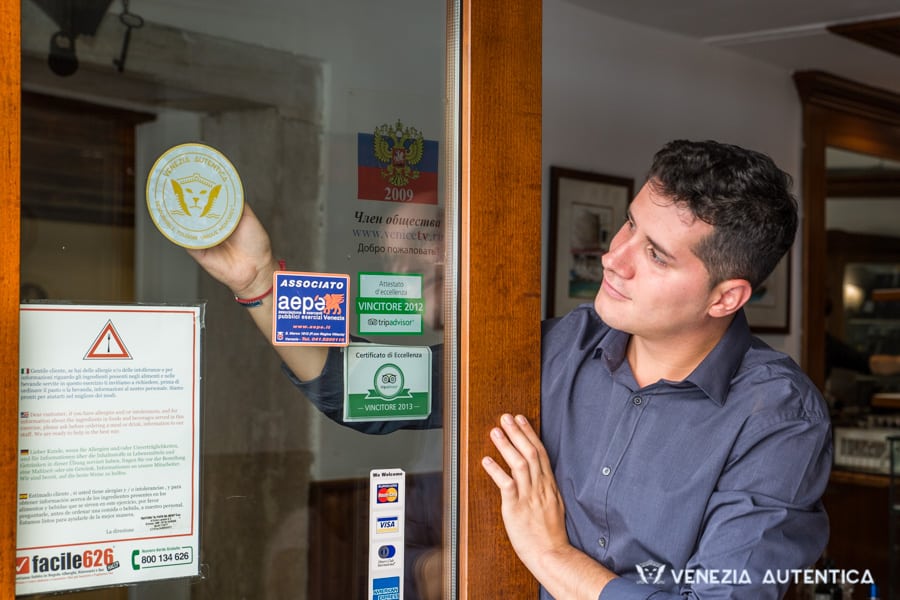
Unlock a discount at the best local businesses in Venice
Learn more about Venezia Autentica Friends' PassThe Venetian Cuisine Today
Nowadays the Venetian cuisine is a combination of traditional local dishes which show influences from the Italian and Mediterranean cuisine, and great importance is given to seafood, risottos, and soups.
A full Italian meal structure unwinds this way: Aperitivo (aperitif), Antipasto (light appetizer commonly consisting of fine hams/small seafood), Primo (dish based on pasta/rice/gnocchi), Secondo (dish consisting of meat/fish), Contorno (side dish served with the “Secondo”, consisting of vegetables), Insalata (Salad), Formaggi e Frutta (local cheeses and seasonal fruits), Dolce (national or traditional local dessert/gelato), Caffè (we let you guess the translation :D), Digestivo (alcoholic drink served to ease the digestion of the meal).
Related: Understand where to eat in Venice
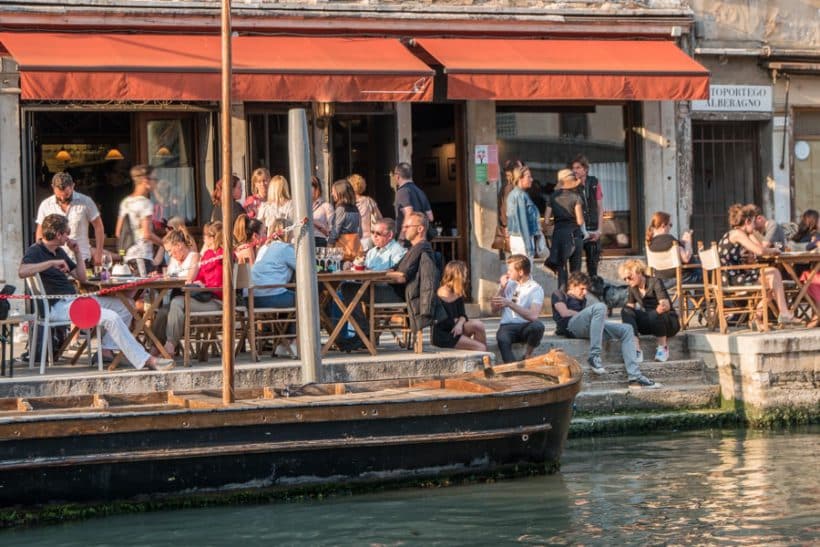
Book an authentic experience in Venice
See all experiencesTraditional Dishes of the Venetian Cuisine
Baccalà: Baccalà is nothing else but… creamed dried salted cod. Doesn’t sound that delicious, does it? It is! It is incredibly delicate yet tasty, so creamy and is definitely a MUST TRY when in Venice. It can be served with “polenta”, or with bread. The ties between Norwegian cod and Venice date back to almost 600 years ago, precisely to 1432 C.E., when the Venetian merchant Pietro Querini got stranded during a storm on the Norwegian island of Roest, and discovered the vast use of this fish made by the local population, thanks to its versatility and durability.
Risi e Bisi: Halfway between a risotto and a soup, it is made by combining rice with peas that have already been cooked separately with plenty of onions, and then seasoned with parsley, salt, and pepper. This dish was typically served to the Doge on the 25th of April, the day of the celebration of the Venice Patron Saint Mark, as a wish of prosperity. In fact, rice is a symbol of fertility (that’s why it is thrown at the newlyweds outside of the churches!), and peas are a typical spring season vegetable growing in the area. The variation with added strawberries, “Risi e Bisi e Fragole”, has been used as a symbol of the resistance against the Austrian occupation of Venice during the XIX century: peas are green, rice is white, strawberries are red, just like the colors of the Italian flag!
Sarde in Saor: fried sardines covered in slightly fried onions (which have been fried in the same oil used for the sardines), raisins and pine nuts (typically in winter to increase the calories count), all sprinkled with plenty of vinegar and left to marinate at least one full day.
Pasta e fazioi: dense beans soup with pasta. It is as good as it is simple. And it is very simple 😉
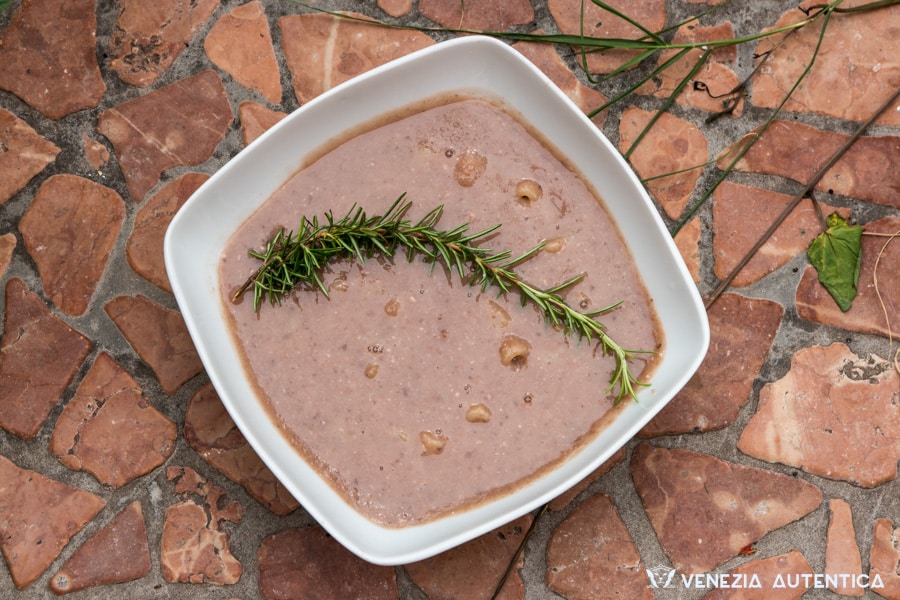
Fegato alla veneziana: calf liver, cooked with white onions, olive oil, and white wine.
Sepe col nero: local squid cleaned and cooked in a pan with oil, parsley and white wine to which, in the end, is added the squid’s own black ink. “Sepe col nero” can be used also as a condiment in pasta or for making a “risotto al nero di seppia”.
Risoto de gò: risotto made with “Zosterisessor Ophiocephalus” , commonly known as gò, a fish that is typical of the Venetian lagoon. In the past it was an inexpensive raw material and has always been part of the peasant Venetian cuisine, used in fish soups or eaten in piadine, or used locally for trades; nowadays the gò is part of the Venetian delicacies, especially appreciated when used in a “Risoto de gò”.
Moeche: small green “Carcinus Moenas” crabs that are caught in their molting phase, during which they are soft, and are then fried. The moeche are considered a delicacy and can be expensive because the moulting phase takes place only twice a year (in the beginning of spring and in the beginning of autumn for the crab to “change” its armor and adapt to the coming warmer/colder months) and only last a few hours: after that, the exoskeleton of the crab becomes hard again.
Schie e poenta: schie or “Palaemon serratus”, a type of shrimps of the Venetian lagoon, are fried and placed on a base of polenta. Traditionally, Venetians would use a firm yellow polenta; nowadays the polenta can also be served in its white form and in a much more liquid state.
And this, our dear friends, is just a part of the traditional Venetian cuisine!
We could mention rice with asparaguses, bigoli pasta, grilled eel, cassopipa carpet shells (carpet shells cooked very slowly), razor clams cooked in oil, small breaded artichokes, mullet, monkfish, baby octopuses and dozen of duck/hare/sea bass recipes, fritole, essi and bussolà (Burano cake/cookies made with butter, sugar, flour and eggs), and hundreds of different cicheti…
We bet you now can’t wait to try the Venetian cuisine, right?
Well then, check out the resources below to plan your trip to Venice and discover where to eat and drink, while making a positive impact on the local community:
I'm visiting Venice. Why should I follow your recommendations?
The way you visit Venice has an impact both on the quality of your experience and on Venice itself. Chilling, exploring, shopping, eating and drinking where the locals do, can make a huge impact both on the memories you bring home and on the local economy and community.
Home >> Visiting Venice >> Tips and Inspiration >> You’re Here
Tips and Inspiration to experience Venice
More in Visiting Venice

